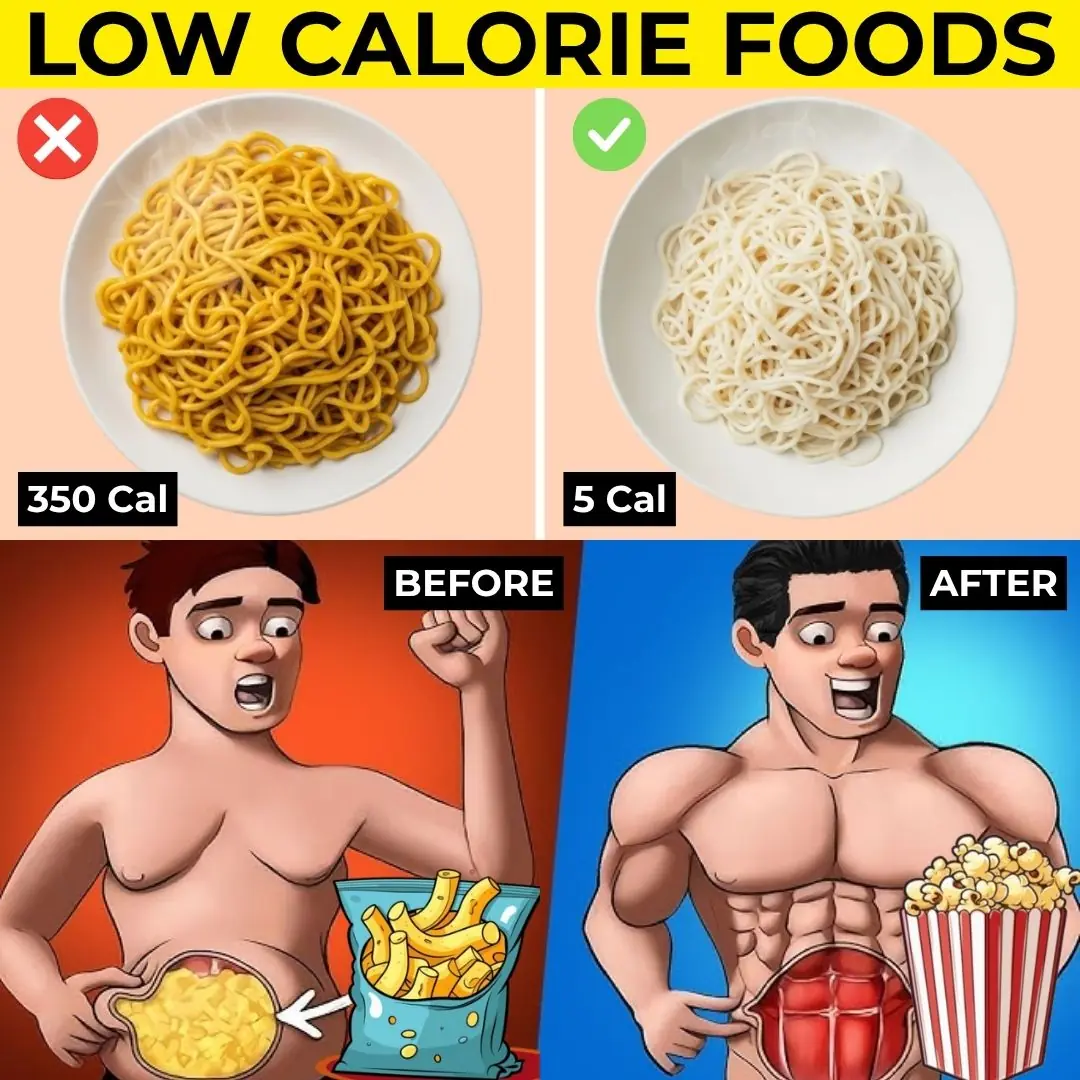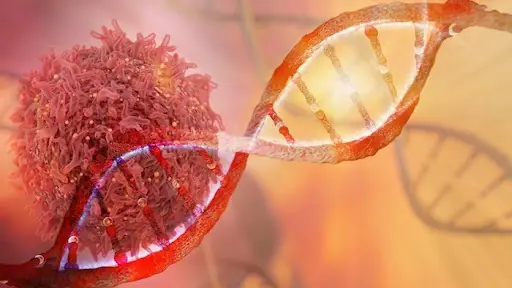
Inside the Chemical War Zone: How Your Stomach Handles Hydrochloric Acid Without Self-Destructing
Inside the Chemical War Zone: How Your Stomach Handles Hydrochloric Acid Without Self-Destructing

When you think of digestion, you might picture your stomach quietly churning away after a meal. But beneath that calm exterior lies one of the most extreme environments in the human body—a chemical battleground dominated by one of the most corrosive substances in nature: hydrochloric acid (HCl).
This powerful acid is strong enough to dissolve meat, bone, and even some metals under laboratory conditions. Yet, astonishingly, your stomach doesn’t dissolve itself. How is that possible? The answer lies in a remarkable balance of destruction and renewal, highlighting the extraordinary mechanisms the human body employs to protect itself from its own internal forces.StudySmarter UK+1dpuhospital.com+1
Hydrochloric Acid: A Powerful Digestive Weapon
Hydrochloric acid is secreted by parietal cells in the lining of the stomach. With a pH of around 1.5 to 3.5, it’s about as acidic as battery acid. Its role is crucial in digestion: it breaks down food, activates digestive enzymes like pepsin, and helps kill harmful microbes that might have been swallowed along with your food.
In controlled environments like laboratories, HCl is used to etch metals, clean surfaces, and break down complex substances. In your stomach, it’s doing something similar—dismantling the food you eat molecule by molecule.
The Self-Destruction Problem—and the Solution
Logically, something as caustic as hydrochloric acid should burn through the soft tissue of the stomach wall. And it would—if not for an incredible biological defense system.
Your stomach is protected by a three-part defense mechanism:
-
A Mucus Barrier: Specialized cells produce a thick layer of alkaline mucus that lines the inner surface of the stomach. This mucus acts like a shield, keeping acid from directly touching the stomach’s epithelial cells.
-
Bicarbonate Buffering: The mucus contains bicarbonate ions, which neutralize any acid that tries to seep through. This creates a neutral zone right at the surface of the stomach lining, protecting the tissue underneath.
-
Rapid Cell Renewal: Perhaps the most remarkable defense of all is the stomach’s ability to completely regenerate its lining every few days. Stem cells embedded in the stomach lining divide rapidly to replace cells that are damaged or worn out by acid exposure.
This continuous cycle of damage and repair is what allows the stomach to function like a high-powered chemical chamber without destroying itself.
Stem Cells: The Unsung Heroes of Stomach Health
Stem cells in the stomach are highly specialized. Located in the gastric glands, they constantly produce new epithelial cells to replace the old ones that slough off due to acid damage.
Without these stem cells, the mucus and bicarbonate defenses would eventually wear down, and the stomach lining would begin to erode—leading to ulcers, bleeding, or worse.
In fact, when this renewal process fails—due to stress, infection (like H. pylori bacteria), NSAID overuse, or other factors—the stomach lining can no longer keep up with the acid’s onslaught, and peptic ulcers may form. These are literal holes in the stomach or intestinal lining, sometimes leading to severe pain, bleeding, or life-threatening complications.
Why Is the Stomach So Acidic in the First Place?
You might wonder—why would the body use something so dangerous as part of digestion?
Hydrochloric acid offers several vital benefits:
-
Activates Enzymes: The enzyme pepsin, which breaks down proteins, is only activated in an acidic environment.
-
Kills Pathogens: HCl destroys most bacteria and viruses that enter with food or drink.
-
Aids in Nutrient Absorption: Acid helps release nutrients like iron, calcium, and vitamin B12, making them easier to absorb later in the digestive tract.
So despite its dangers, hydrochloric acid is essential—and evolution has fine-tuned a system that uses this powerful acid without letting it turn against us.
Digestion: A High-Stakes Balancing Act
What’s remarkable is that this entire system runs without conscious control. With each meal, your brain signals your stomach to ramp up acid production. As food enters, acid and enzymes go to work. Meanwhile, the mucus barrier thickens, stem cells activate, and the surface lining is renewed—all while you’re blissfully unaware.
This automatic balancing act reflects a larger theme in biology: powerful systems must be tightly regulated. Just like the immune system must fight invaders without attacking the body, or like muscles must contract without tearing tendons, the digestive system walks a tightrope between destruction and protection.
Stomach Acid and Modern Medicine
Understanding hydrochloric acid’s role in digestion has led to major medical advances. Antacids, proton pump inhibitors (PPIs), and H2 blockers are now common treatments for acid-related disorders, including acid reflux, GERD, and ulcers.
These medications reduce stomach acid production or neutralize it, offering relief to millions. However, they must be used carefully—because too little acid can also cause problems. Without enough acid, nutrient absorption drops, and harmful bacteria can thrive in the stomach and upper intestines.
It’s another reminder of just how carefully balanced the stomach environment needs to be.
The Human Body’s Precision Engineering
The fact that our stomach can handle a substance as destructive as hydrochloric acid—every hour, every day, for a lifetime—is a testament to the precision engineering of the human body.
News in the same category

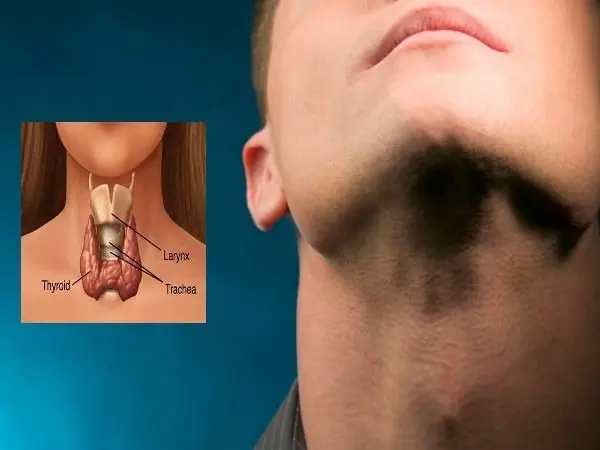
The Number of People with Thyroid Nodules Is Increasing! Doctors Repeatedly Emphasize: Eat Fewer Tomatoes and More of These 3 Foods

More and More People Are Suffering from Visceral Fat! Doctor: 9 Foods That Help Reduce Visceral Fat – Eat Them Regularly
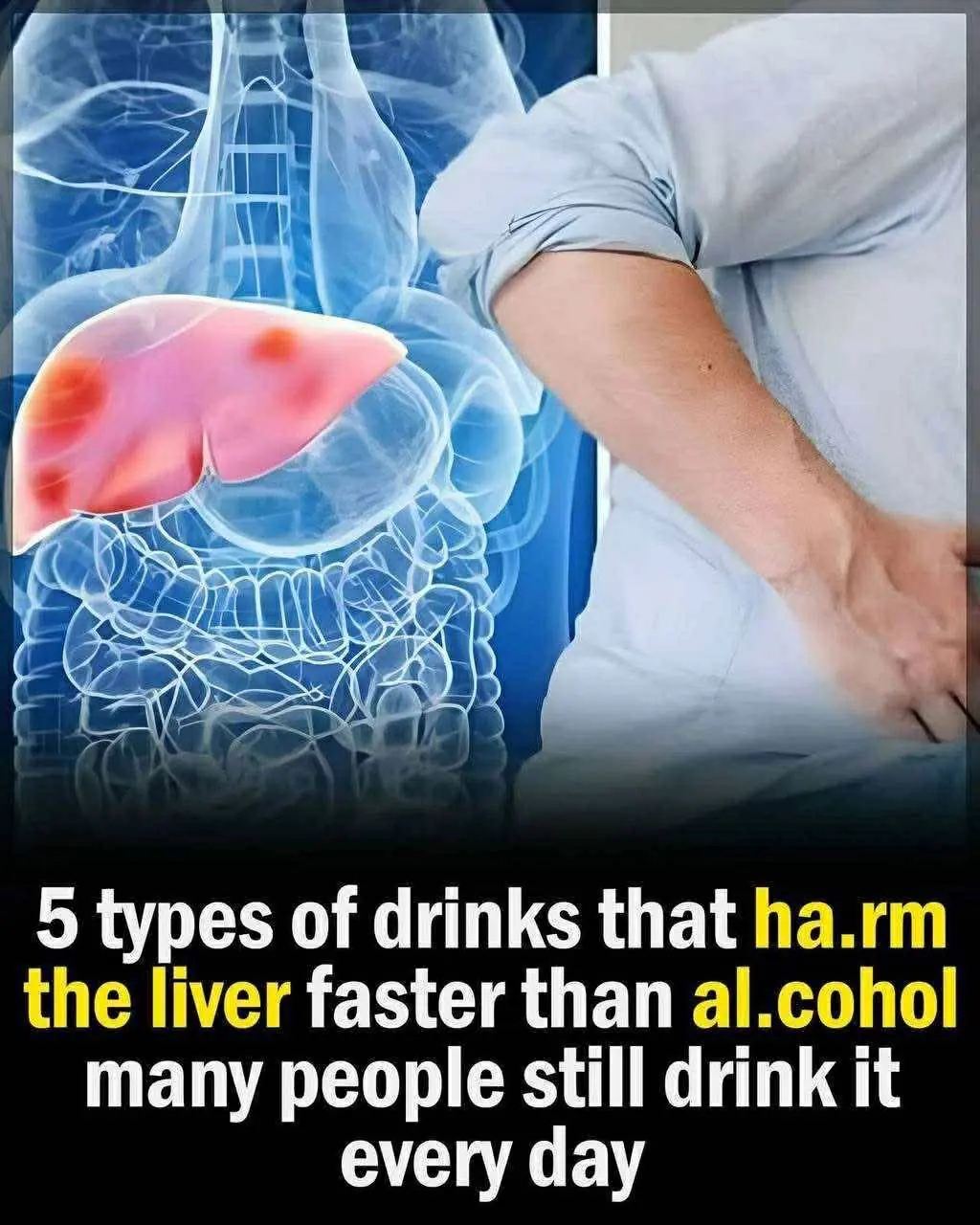
5 everyday drinks that can harm your liver like alcohol

Your Guide to Preparing for the Gynecologist: 10 Key Dos and Don’ts
A 6-year-old boy diagnosed with late-stage canc3r, his father regrets after doctors reveal the cause linked to a popular type of beverage

If Your Parent Shows These 4 Signs, They May Be Nearing the End of Life. Prepare Yourself for What’s to Come
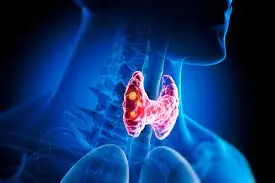
Top 13 Signs That You May Have a Thyroid Disorder
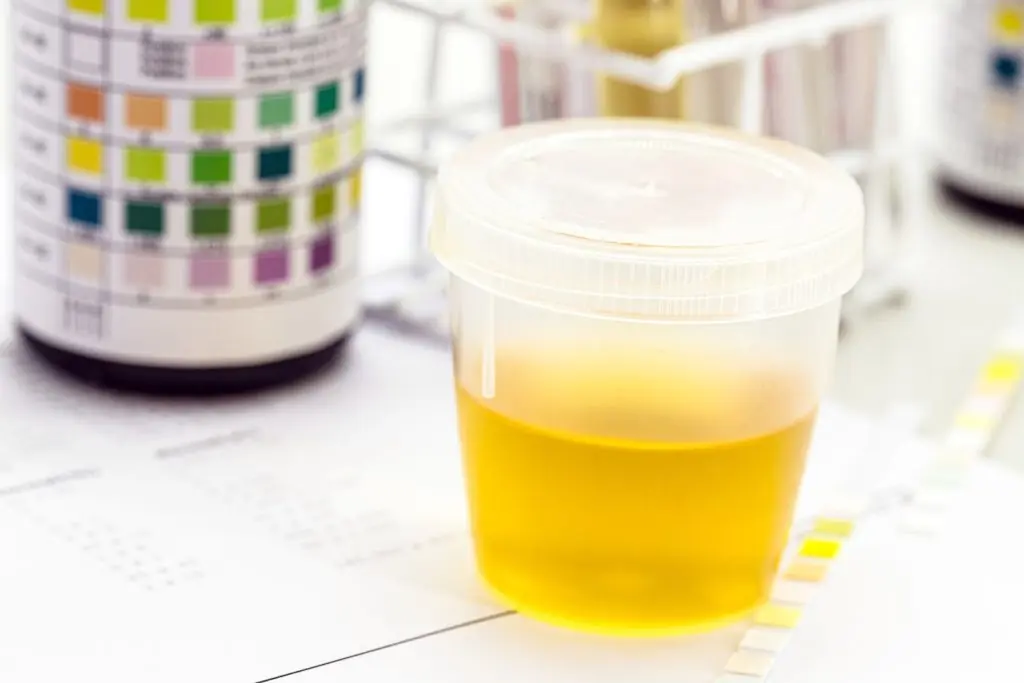
What Can Your Urine Tell You About Your Health?
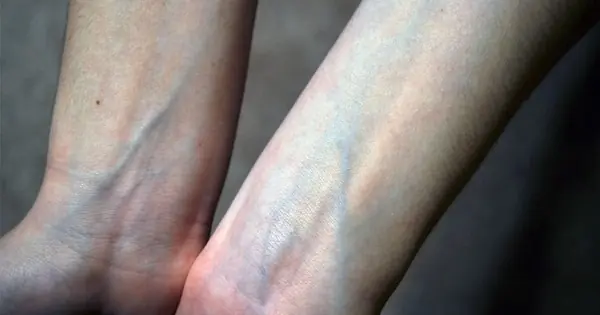
If You See Someone with Prominent Blue Veins, You Must Tell Them This — It Could Save Their Life
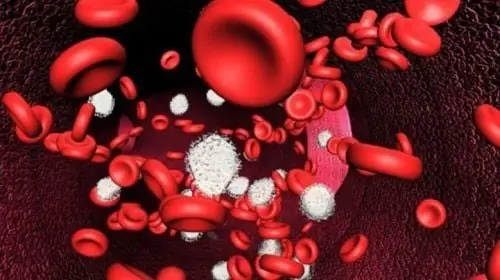
Cancer Cells Destroyed in 42 Days by a Glass of Juice: A Stunning Success That Has the World Celebrating
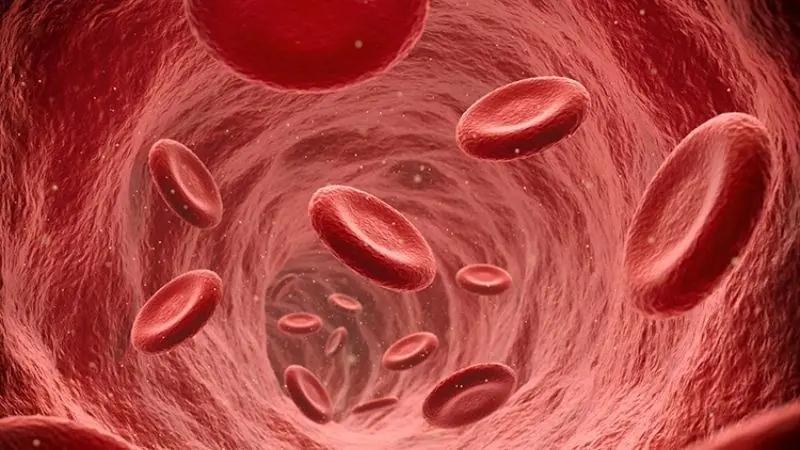
Cancer Doesn’t Hurt at First, But If You Notice These 5 Signs When Using the Bathroom, See a Doctor Early: Don’t Ignore Them

Epsom Salt Bath and Foot Soak – Benefits and Recipes (Ultimate Guide)

10 Benefits to Drinking Warm Water (No Lemon Required)

Warts on Hands: Causes and Effective Natural Treatments

102-year-old Nutritionist Reveals 7 Life Rules That Kept Him Thriving — “It’s Not Just Genetics”

10 Signs of Pancreatic Cancer You Should Never Ignore

Poop and Colon Cancer: Warning Signs To Look For And When To Seek For Help
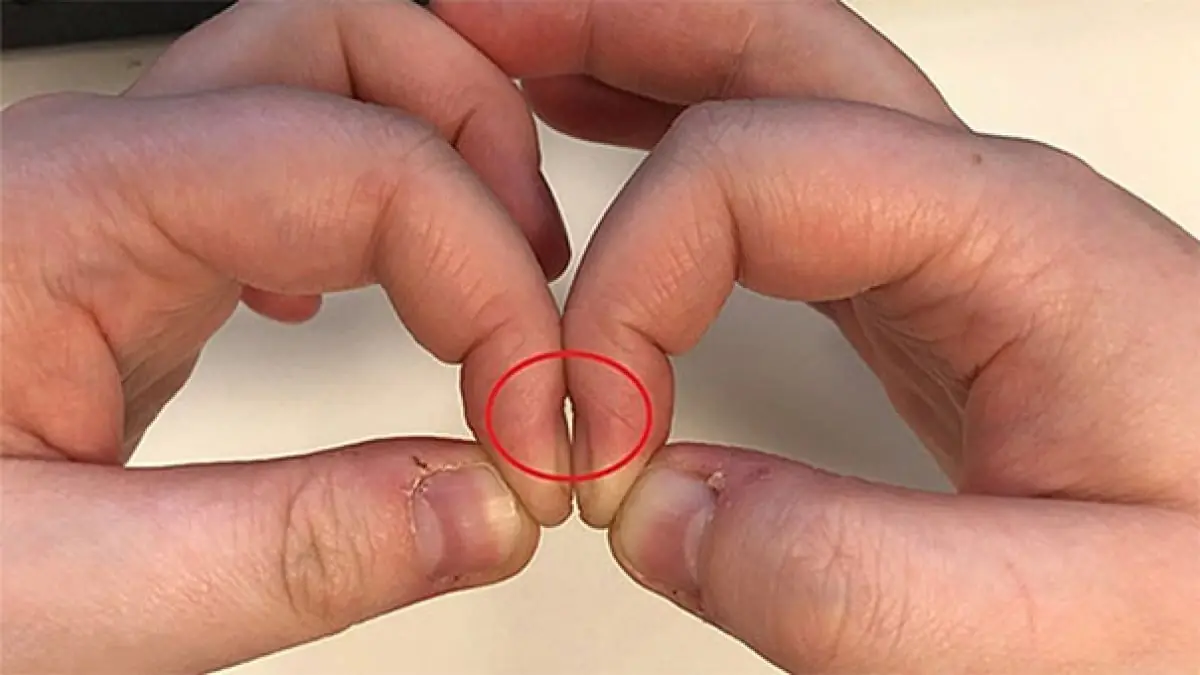
Placing Two Fingertips Together to Detect Lung Cancer: A Quick Test Doctors Use

26-Year-Old Woman Dies After Eating Hot Pot: Warning About Two Things That Should Never Be Shared While Eating Hot Pot
News Post

Two Itchy Areas on the Body May Signal Liver Cancer—Many Mistake It for an Allergy

The Number of People with Thyroid Nodules Is Increasing! Doctors Repeatedly Emphasize: Eat Fewer Tomatoes and More of These 3 Foods

More and More People Are Suffering from Visceral Fat! Doctor: 9 Foods That Help Reduce Visceral Fat – Eat Them Regularly

5 everyday drinks that can harm your liver like alcohol

This Girl Spent 6 Years Fixing Her Jaw & After the Final Surgery, She Stunned Everyone with the Results – Her Transformation in Pics

'Mom, Do You Want to Meet Your Clone?' – What My 5-Year-Old Said Uncovered a Secret I Wasn't Ready For

You’re nobody without me,» my husband declared. But a year later, in my office, he begged me for a job

An eight-year-old child saved his sister during a severe snowstorm. But where were their parents at that time?

We’ll live off our daughter-in-law; she has a good job,» the mother-in-law shared with her friend

Unexpected health benefits of chai spices you may not be aware of

Your Guide to Preparing for the Gynecologist: 10 Key Dos and Don’ts

12 Surprising Things That Men Love and Find Attractive in Women

Unlocking the Hidden Power of Lactuca Serriola: Nature’s Wild Gift Growing All Around You

A REAL VITAMIN BOMB: Celery and Lemon for Clarity, Pressure Relief, and Detox
A 6-year-old boy diagnosed with late-stage canc3r, his father regrets after doctors reveal the cause linked to a popular type of beverage

19-Year-Old Influencer Dies After Unbuckling Harness Mid-Flight in Parasailing Accident

My Husband's Relatives Treated My Bakery Like Their Personal Buffet — So I Served Them a Taste of Their Own Medicine

I Thought I Knew My Fiancé Until I Saw 'You Picked the Wrong Guy, Gave Him the Wrong Finger' on His Car One Morning – Story of the Day

Support Healthy Weight Management in Seniors with These 3 Morning Drinks
